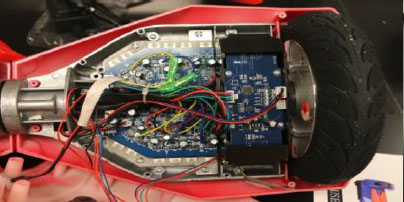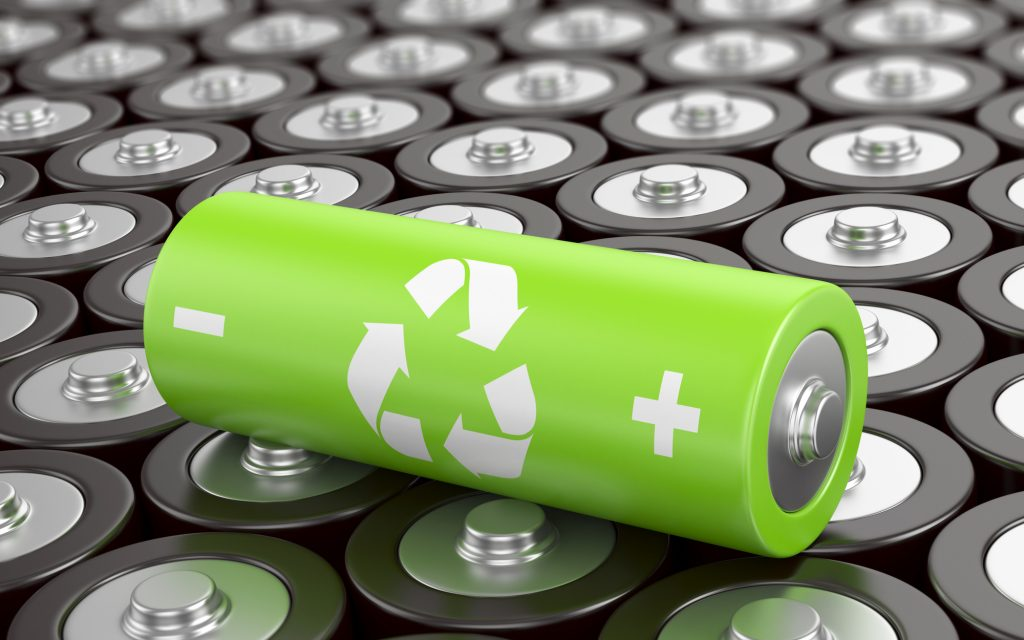Consumer safety chiefs in the US have issued a fresh warning about fire risks from a range of lithium-ion powered devices and toys— with hoverboards at the top of the list of concerns.
Hoverboard importers, retailers and distributors in the US have been urged to review product safety standards after US Consumer Product Safety Commission (CPSC) data showed the toys— also known as self-balancing electric scooters— were responsible for more than 280 fires in the country since 2015 and three deaths.
The incidents, across 43 states, occurred during and after charging and riding and resulted in more than $9 million in damage to property.
CPSC project manager Doug Lee told the International Battery Seminar & Exhibit in Florida that out of a total of 63 recalls of lithium-ion battery-powered products in the past six years, 21 were hoverboards— amounting to a total of 500,000 units.
Causes of hoverboard fires included inadequate battery management systems and cell packs, battery chargers not certified to appropriate standards and wiring in the toys’ pivot bases being “improperly secured and connected” and exposed connections.
Of the recalls, 11 were for laptops, three were for mobile phones and a collection of 11 ‘others’ included baby monitoring devices, hand warmers and wireless speakers. Four power bank products were recalled over the 2012-2018 period.
According to the CPSC, importers, “although reliant on foreign producers, are directly responsible for the safety of products they bring into the US”.
In a letter sent to manufacturers, importers, distributors and retailers of hoverboards, CPSC director of compliance and field operations, Robert Kaye, has urged firms to review their product lines and ensure that all self-balancing scooters comply with the UL standard.
Earlier this year, Fujitsu and HP issued battery recalls over lithium fire risks.
Last month, Amazon recalled around 260,000 of its own-brand lithium-ion power bank chargers amid warnings that the battery can “overheat and ignite, posing fire and burn hazards”.
The impact of lithium-ion battery fire risks will be the focus of a special analysis in the upcoming Spring issue of BEST magazine. Make sure you have subscribed to read the article.












